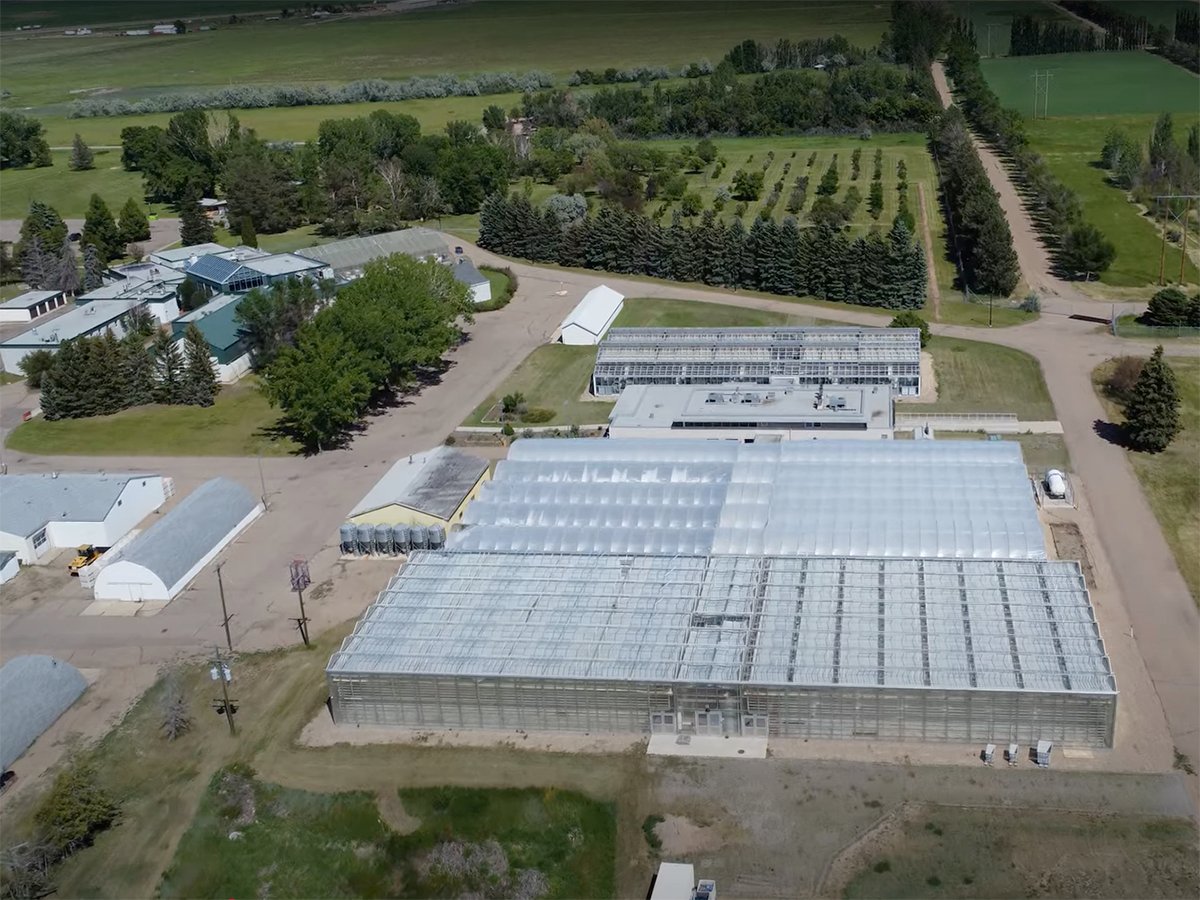EDMONTON – Alberta cattle producers have voted in favour of an inventory control program that would govern the flow of cattle sent to slaughter.
They hope that such a program will stabilize or even raise cattle prices.
Cattle industry officials are now working out details on how a non-legislated control of cattle flow to packing plants would work.
At a meeting of the Alberta Beef Producers last week, most members could not set aside their free-enterprise pasts to ask for a government-regulated marketing board type of system to control supply.
Read Also

Alberta crop diversification centres receive funding
$5.2 million of provincial funding pumped into crop diversity research centres
“It’s hard to wrap your head around market intervention when you’ve fought it for so long,” said Brent Heidecker of Coronation.
“This is a desperate, ugly measure that will be flawed, but it’s better than what we’re heading for without it,” said the ABP director.
A recently released Statistics Canada report showed farm family incomes have dropped by one-third, or an average of $40,000, since the first case of BSE was discovered in a northern Alberta cow.
Since the border closed to live cattle, prices dropped from more than $1.07 per pound before BSE down to 35 cents per lb. last August. Since January, prices have bounced from 71.93 to 87.32 cents per lb. with little stability from week to week.
“We’ve got an extremely volatile market place. We go from weeks up to weeks down and big moves,” said Anne Dunford of Canfax, a cattle market analysis organization.
“Supply is driving what’s happening here through no fault of your own.”
By the end of March there were 157,000 head of fat cattle ready for slaughter. By the end of June she expects 300,000 surplus fat cattle and by the end of the year she estimates there will be 600,000 fat cattle that can’t all be handled in Canadian packing plants.
With no word on an imminent opening of the U.S. border to Canadian cattle and no live cattle being trucked to American slaughter plants, Canadian producers must find ways to force prices higher, said ABP chair Arno Doerksen.
“Clearly, to have a market impact, you need to have some way to manage the flow of cattle and control the availability of cattle to the packing plants,” he said.
He added there was strong support for a voluntary, controlled release of cattle to those plants.
Keith Almberg of Hardisty said he planned to vote against the resolution in an ABP closed-door session because it was contrary to his own beliefs and those of other cattle producers.
“They’re free-enterprise thinking people. I don’t see this plan even working,” said Almberg. He said only a government-legislated control program would work, and that is unpalatable for most cattle producers.
This winter a group of cattle feeders tried to raise prices by withholding cattle through a system they called the Disciplined Marketing Initiative, with mixed results.
While many larger feedlots limited the number of cattle offered to packing plants each week, the group was not able to control the number of cattle shipped by other producers.
Travis Toews of Beaverlodge, Alta., sits on a three-member panel charged with planning an inventory control program. He expects it to prove difficult.
“It will be a challenge to do this without regulation or legislation. It takes a certain amount of producer buy in.”
Jack DeBoer, a Monarch, Alta., feedlot operator, said few cattle producers are in a position to turn down an inventory control program.
“What are the options? Let the market fall and wipe half of us out, or are we going to try and intervene somehow? My sense is that we should try and do something,” said DeBoer.
“I think if the will is there, it’s doable. It’s not a marketing board of any kind, it’s just stopping the market from falling. It’s like a safety net.”
He noted the program would need the support of all Canadian producers, not just Albertans.
Dennis Fuglerud of Broderick, Sask., first vice-president of the Saskatchewan Stock Growers Association, said his group hasn’t taken a formal look at the Alberta proposal but opinions in Saskatchewan range from a belief in the need for intervention to a feeling that more time is needed.
Arnold Hanson of Viking, Alta., said he sensed relief among producers when the decision was made to try to do something that will boost prices.
“Something like this is better than nothing,” said Hanson.
Without an orderly flow, smaller producers have no chance of getting their cattle slaughtered, he said.
Alberta agriculture minister Shirley McClellan said the provincial government will support whatever decision beef producers make, but it will be at least a year before formal rules can be put in place because of existing provincial legislation.
“Whatever you do, you have to realize it will affect your industry in the long term. How do we deal with it today or are there better ways to deal with it today so we don’t impact the long term?”
Robert Meijer, director of public affairs for Cargill, said the priority for his company is to operate the High River, Alta., plant at full capacity to provide an outlet for Canadian fat cattle. The plant is slaughtering about 4,100 head per day, the same as pre-BSE levels.
“We fully recognize the impact (BSE has) had on producers and we’re trying to do our part to try and provide a good outlet for their cattle,” said Meijer.
He added that a drop in available slaughter cattle numbers could create a reduction in plant efficiency.
“For our part, we want to keep our doors open, we want to keep running full steam ahead. If we can continue at our current production and bring as many of those efficiencies because of running the plant at that capacity, there are savings we can bring back to the producer.”
Beef producers also agreed last week to undertake some kind of fat cattle inventory across the country.
Doerksen said members have also talked about establishing a temporary basis price and about isolating an American packing plant where Canadian cattle could be slaughtered.
“We need to look at what else could be done to take pressure off the market and the capacity here in Canada,” he said. “We’re not looking for anyone in the system to go broke. The fact of the matter is, producers right now are losing their shirts. We’re looking at everything we can to try and implement a better outcome.”














